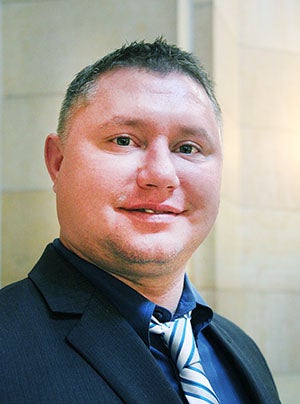Public invited to view new Albert Lea Lake dam
Published 9:52 am Thursday, June 18, 2015
The public is invited to attend a ribbon-cutting ceremony and dedication on Friday for the newly completed Albert Lea Lake dam and fish barrier.
The ceremony, which will take place at 11:30 a.m., will also showcase the Shell Rock River headwaters project, which aims to protect the 257-acre property that encompasses the headwaters of the Shell Rock River, according to a press release. This includes the banks of the first 1.4 miles of the river, the Juglans dam at the outlet of Albert Lea Lake and Juglans Woods, and a combination of upload and lowland forest and aquatic and waterfowl habitat. The district acquired the property in 2012, and it will be managed by the Department of Natural Resources.
Both projects received funding from the Lessard Sams Outdoor Heritage Fund. The dam and fish barrier project received $2 million, and the headwaters project received $2.56 million.
“We are excited to celebrate the completion of this significant project,” said Andy Henschel, project manager for the watershed district. “The dam and fish barrier is the culmination of 10 years of effort.”
The more than 90-year-old Juglans dam and bridge were removed and replaced with a fixed-crest dam. Instead of having a dam made out of concrete, the new structure is more natural looking with a rock-arch rapids design. It has a series of stepped pools with large boulders placed in arches and includes a water management structure and an electric fish barrier.
The structure is on the south end of Albert Lea Lake off of Freeborn County Road 19.
The project is expected to prevent carp and other bottom-feeding fish from entering the lake, including invasive species.
Henschel said the district staff appreciate the support of the county, community and the Lessard Sams Outdoor Heritage Council.
“These two projects are a part of our effort to restore the Shell Rock River Watershed,” said District Administrator Brett Behnke. “The goal is to establish waterfowl and fish populations to create the wildlife mecca that was recorded in the late 1800s and leaving a legacy for all Minnesotans to enjoy.”
He said the projects will improve aquatic habitat, waterfowl nesting, breeding and feeding habitat and will increase desirable fish populations. Water quality and clarity are also expected to improve.






